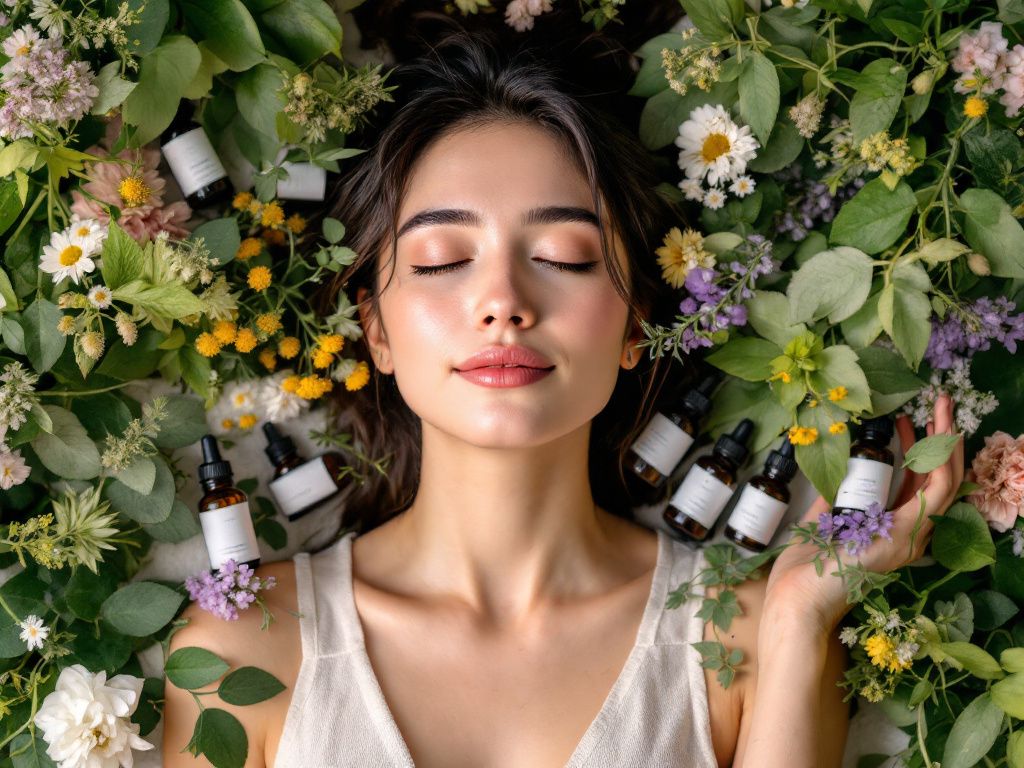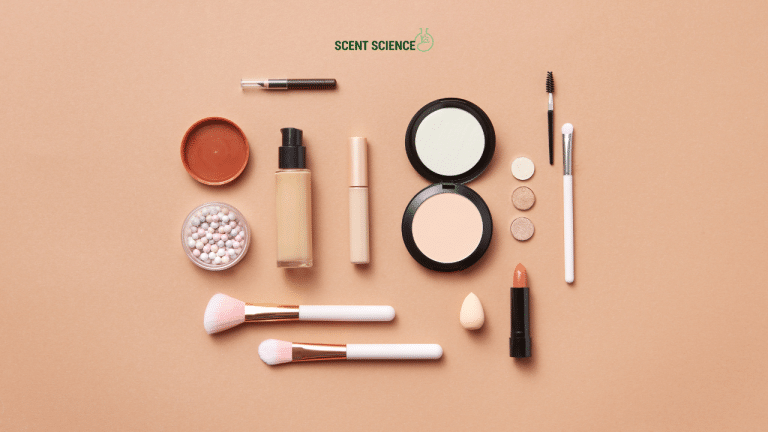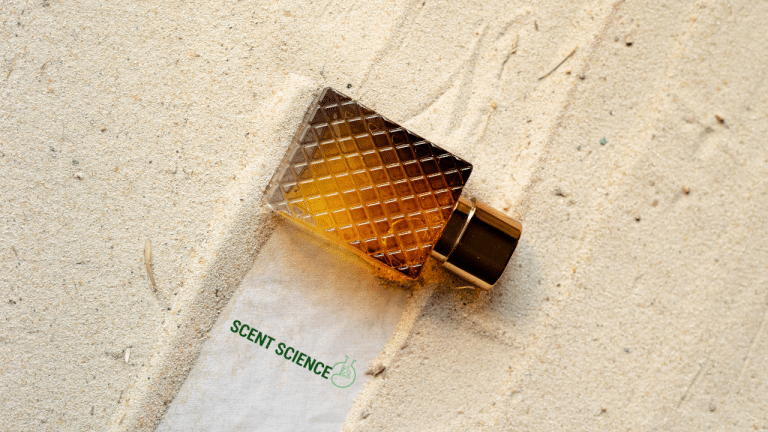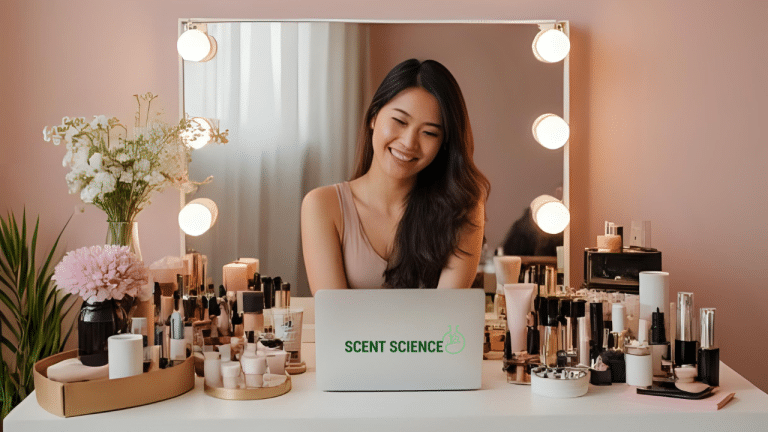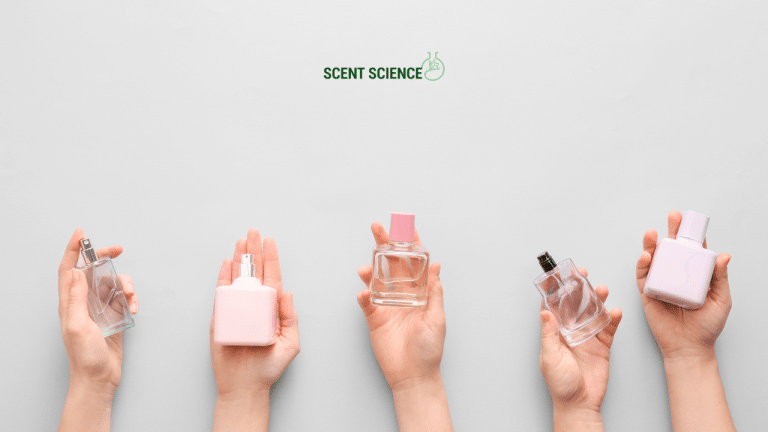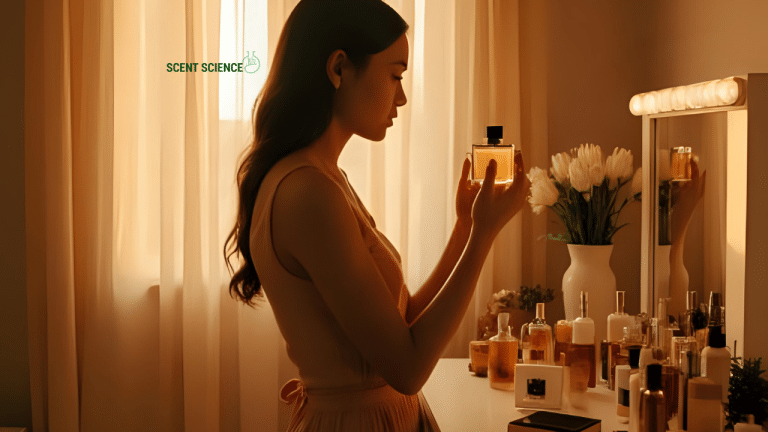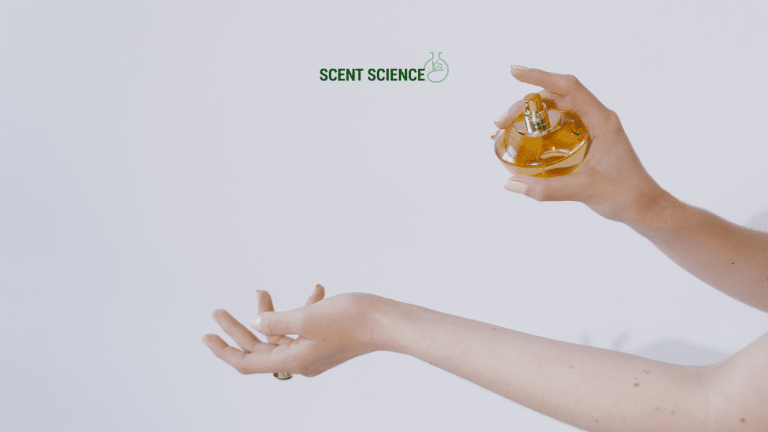In today’s world, where stress and anxiety seem to shadow everyday life, the allure of scents that promise serenity, balance, and emotional upliftment is more compelling than ever. From ancient rituals to modern holistic care, the use of natural oils—especially for emotional wellness—has a storied history. As an enthusiast and expert in the field, I will guide you through the nuanced journey of understanding how natural fragrance oils can support emotional wellness, all while providing verifiable insights and practical applications.
Table of Contents
ToggleThe Historical and Cultural Tapestry of Aromatic Healing
For thousands of years, civilizations have turned to the power of scent as a conduit for healing. Ancient Egyptians were pioneers, employing aromatic oils in communicating with the divine, for embalming, and as part of routine healthcare. Frankincense and myrrh, once considered as valuable as gold, were staples in these sacred activities. In China and India, practices like Ayurveda and Traditional Chinese Medicine (TCM) have emphasized the holistic benefits of aromatic herbs, utilizing them for balance in body, mind, and spirit through their aromatic properties.
Documentation and scripts from these eras underline the importance of fragrance in healthcare, showcasing methods remarkably akin to today’s use of natural fragrance oils for emotional wellness. Let’s delve deeper into how these practices translate into contemporary benefits.
How Natural Fragrance Oils Influence Emotions
Natural fragrance oils—compounded through the distillation of plants, flowers, and other natural resources—activate olfactory nerves which are hardwired to the brain’s limbic system, the area that regulates emotions. This initiates neurotransmitter release, occurring almost instantaneously, influencing our mental state.
Technical Breakdown of the Limbic System
The olfactory system is unique due its direct connection to the limbic system, unlike other sensory systems that route through the thalamus. This direct pathway is a key reason aromatic substances evoke strong emotional and memory associations.
- Amygdala: Processes emotions such as fear, love, and pleasure.
- Hippocampus: Responsible for the formation of new memories; scents can reactivate memories.
- Hypothalamus: Regulates hormonal activity, including those affecting moods.
Research has showcased how engaging these areas through scent can positively alter emotional states. For instance, a study published in the *Journal of Neuroscience* highlighted the amygdala’s capacity to memorize scents and associate them with emotional memory, explaining why a simple whiff can recall vivid emotions from the past.

Case Study: Lavender Oil in Stress Reduction
Lavender essential oil, celebrated for its calming properties, has been extensively studied. In a study conducted by the *National Center for Complementary and Integrative Health* (2020), participants exposed to lavender oil aromatherapy reported a significant reduction in stress and anxiety markers. This research underscores the interaction between natural oils and physiological responses that alleviate psychological discomfort.
Choosing the Right Natural Oils for Emotional Wellness
Not all oils are created equal. The effectiveness of natural fragrance oils in supporting emotional wellness depends heavily on the quality and purity of the product, as well as its intended use.
Clean Ingredients: Ensuring Purity and Quality
Opt for oils that adhere to the best practices in production. Certifications such as “Certified Pure Therapeutic Grade” (CPTG) or ISO standards denote high-quality, clean ingredients. Each batch is subject to rigorous testing procedures aimed at verifying purity, ensuring the absence of synthetic additives that could undermine potential benefits.
Tailored Oils for Specific Needs
Different oils carry different benefits:
- Lavender: Calming, stress-reducing, and insomnia-relief 💤.
- Peppermint: Energizing, enhances alertness.
- Bergamot: Mood-lifting and soothing; energizes without overstimulation.
- Ylang-Ylang: Decreases blood pressure and enhances relaxation.
When integrating oils into your wellness routine, use the primary function of the oil to guide your selection, ensuring it aligns with your personal therapeutic goals.

Integrative Approaches: Aromatherapy and Beyond
Armed with the knowledge of their properties, the question arises: how best to incorporate these healing scents into daily life for emotional wellness?
1. Aroma Diffusion
Diffusing essential oils in the home creates an aura of peace and tranquility. Devices, typically ultrasonic diffusers, are widely available that disperse micro-particles of oil into the air, best facilitating inhalation and optimizing the benefits of natural fragrance oils on emotions.
2. Topical Application
When applied directly (diluted in a carrier oil for safety), these oils can have a profound effect on stress relief, invigorating the skin and, by extension, the senses. Use anti-inflammatory oils like lavender to massage onto pulse points for a full-body experience.
3. Incorporation in Mindfulness Practices
Incorporate these oils in yoga or meditation routines for an enriched experience. Create a sanctuary using relaxing scents like sandalwood or frankincense, heightening awareness, and promoting mindfulness.
*Tip:* Consistent use during meditation or yoga conditions the mind to attribute the scent with calmness and focus, further enhancing emotional stability over time.
Industry Standards & Best Practices

It’s crucial to adhere to industry standards to extract the maximum benefit of these natural scents. Integrated practices recommended by organizations such as the *Aroma Research Association* highlight key fair use strategies and educational outreach on the ethical sourcing and sustainability of natural oils.
- Sustainability: Support companies committed to sustainable harvesting and production practices to ensure the livelihood of communities dependent on essential oil production.
- Dilution Recommendations: Safely utilizing oils is key. Adhere to dilution guidelines—typically 2% for basic topical use—to prevent skin irritations and guarantee safety.
Research and Statistics on Aromatherapy’s Benefits
To put the effectiveness into numbers, a meta-analysis in the *Journal of Affective Disorders* examined 12 studies comprising 622 participants, noting a significant reduction in anxiety across all cohorts when using a variety of essential oils in controlled settings. Another study reported users of oils like chamomile and patchouli had lower cortisol levels, a crucial biomarker of stress, emphasizing factual best practices in natural health regimen.
Building a Personalized Aromatherapy Plan
Developing a personalized approach for emotional wellness through natural fragrance oils requires introspection and understanding of personal health goals.
- Identify Desired Outcomes: Know what you’re targeting—be it stress relief, insomnia, or increased focus.
- Start with Popular, Inductive Oils: Lavender and peppermint offer a good start due to their known, versatile benefits.
- Maintain a Journal: Track oil uses and mental/emotional changes to refine your routine.
- Seek Professional Consultation: Especially if there are pre-existing conditions, consultancy with a certified aromatherapist can tailor the approach.
Conclusion
From ancient beginnings to modern holistic applications, natural fragrance oils have built a reputation as accessible wellness tools bringing about emotional equilibrium and uplifting spirits. Substantiated by research, guarded by industry standards, and enriched with culture, these oils cast a healing glow on our emotions.
Embrace them thoughtfully and wisely, and let the gently wafting scents support a journey of emotional resilience. After all, in a world awash with stress, tranquility might just be an aromatic breath away. 🌿
Frequently Asked Questions
What are the benefits of using a hair mask in my hair care routine?
Using a hair mask can provide several benefits, including hydration, smoothing, strengthening, curl definition, heat protection, and damage repair. Hair masks infuse the hair with moisture, help coat the hair shaft to seal split ends, reduce breakage, and protect the hair from heat styling and environmental damage[1][4].
What ingredients should I look for in a hair mask?
Effective hair masks often include ingredients such as coconut oil, argan oil, shea butter, honey, avocado oil, green tea, and coconut water. These ingredients provide nourishment, moisturize, and protect the hair, offering benefits like softening, moisturizing, and protecting against damage[2][5].
How often should I use a hair mask in my routine?
You should use a hair mask whenever your hair feels dry, unmanageable, or in need of intense hydration. This can vary depending on your hair type and needs, but generally, using a hair mask once or twice a week can help maintain healthy and moisturized hair[1][4].
How do I apply a hair mask for the best results?
To apply a hair mask effectively, shampoo your hair first, then apply the mask, focusing especially on the ends where hair tends to be the most damaged. Leave the mask on for anywhere from 10 minutes to overnight, depending on the type of mask and your hair’s needs[1][4].
References
